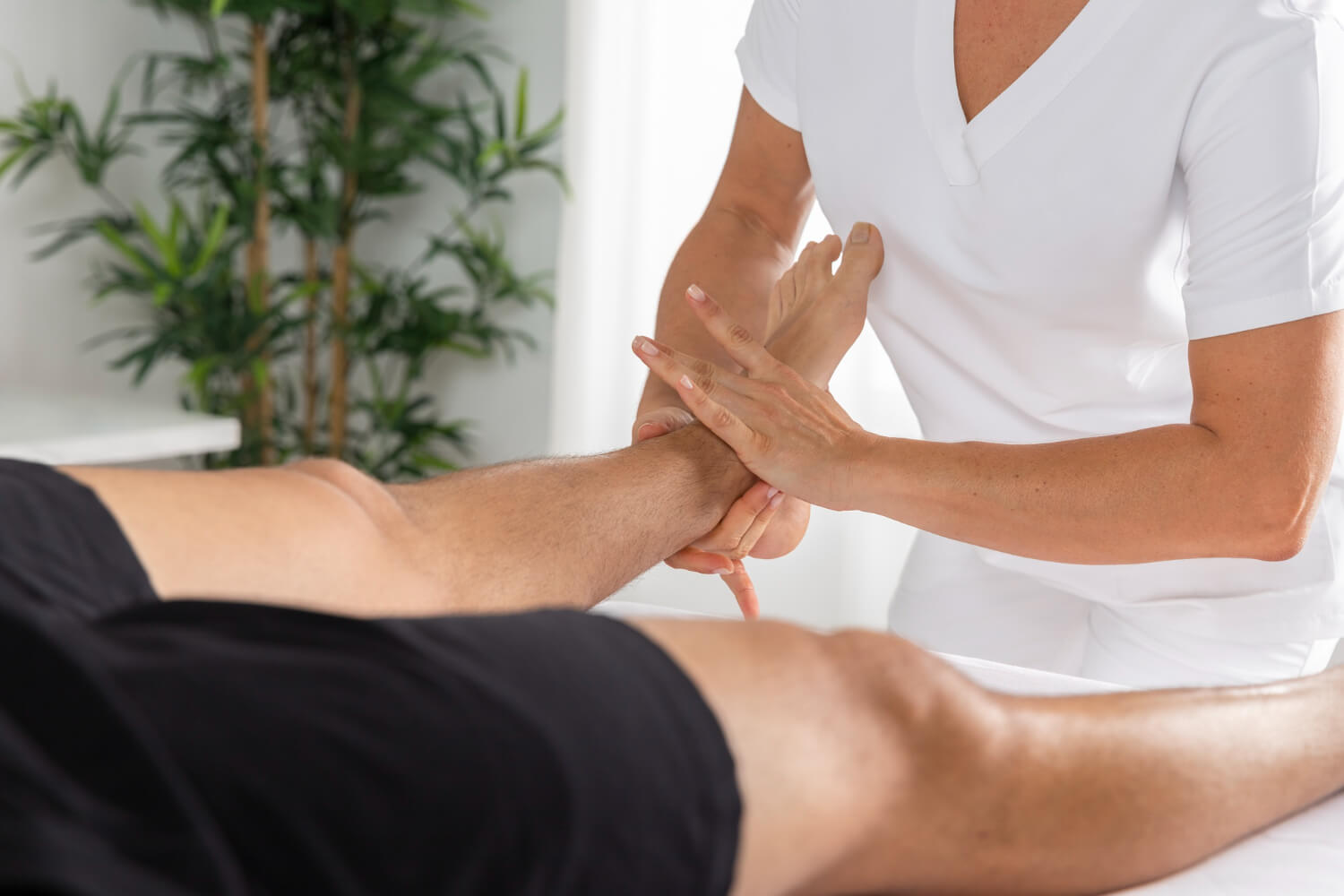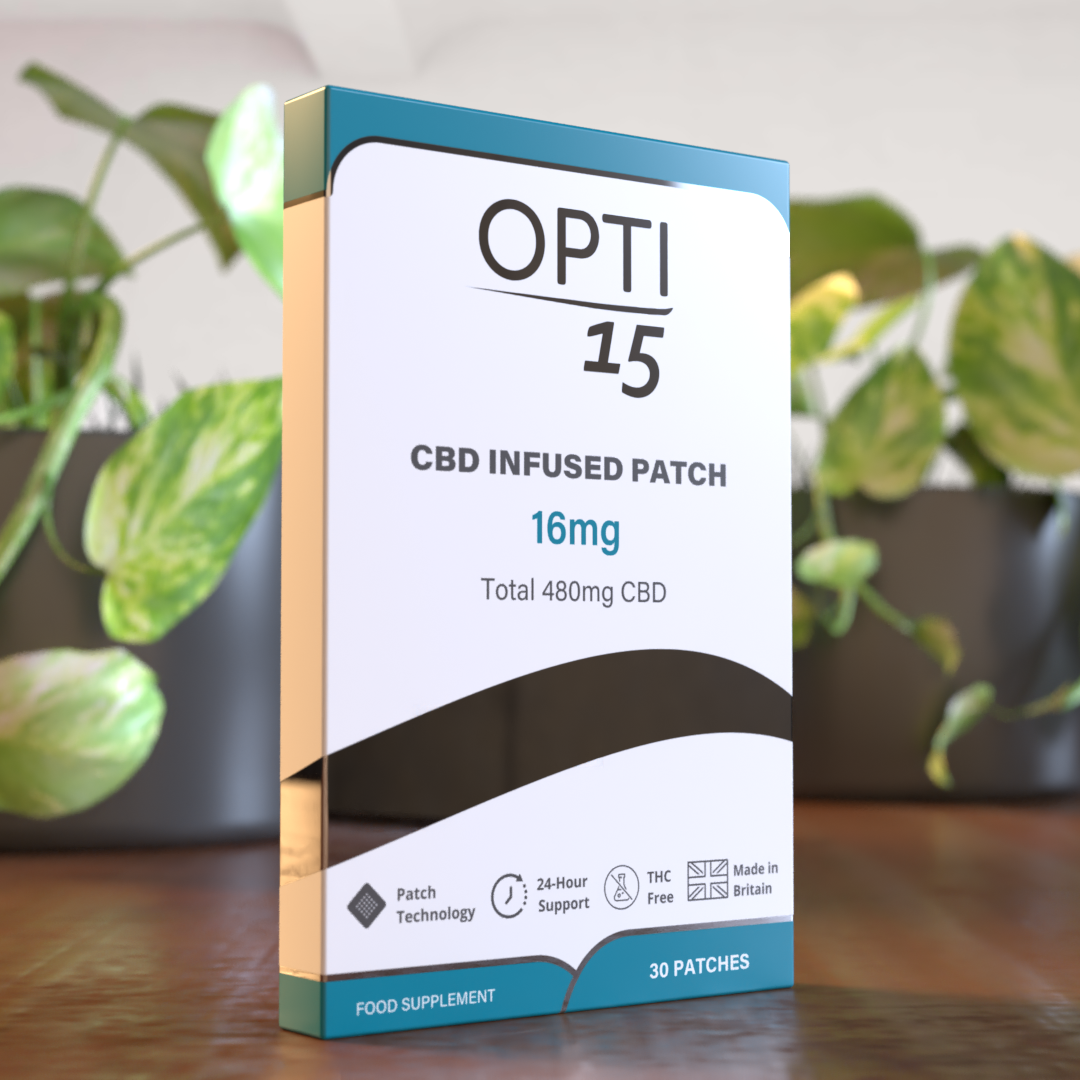5 Essential Facts About Osteopenia You Need to Know

Osteopenia is the medical term for the loss of bone density. If the decrease in bone density gets severe, it can develop into osteoporosis. Although osteopenia often develops spontaneously as you age, some medical problems, lifestyle choices, and drugs can raise your risk.
Since bone is a dynamic tissue, it constantly remodels, with new bone growing in place of old. Osteopenia is characterized by a progressive decrease in bone density over time, which happens when the bone resorption (breakdown) rate surpasses the bone production rate.
What is osteopenia?
A decrease in bone density is called osteopenia. Our bones aren't as mineral-rich as they should be if you have decreased bone density. As a result, you run a higher risk of bone fractures (broken bones).
You may need to have your bone density evaluated more frequently than normal after turning 50 or entering post menopause. Go to a doctor for routine examinations. They'll let you know when a bone density test is necessary.
The difference between osteopenia and osteoporosis:
Osteopenia is an early indicator of osteoporosis. They are closely related, which explains why their names seem so similar.
Osteopenia can progress to osteoporosis if left untreated. Your bones are silently weakened by osteoporosis. Osteoporosis increases the risk of bone fractures, particularly from falls. Even a small slip that wouldn't typically result in injuries can cause fractures if you have osteoporosis.
Causes and risk factors of osteopenia:
Apart from age, several factors can contribute to the development of osteopenia:
-
Age: As people age, their bone density gradually declines, increasing their vulnerability to osteopenia and osteoporosis.
-
Gender: Osteopenia and osteoporosis are more common in women, particularly after menopause when estrogen levels drop.
- Hormonal imbalances: Disorders like hypogonadism or hyperthyroidism that alter hormone levels can have an impact on bone health and raise the incidence of osteopenia.
-
Nutritional deficiencies: Inadequate intake of calcium, vitamin D, and other nutrients necessary for bone health can result in poor bone production and an increased risk of osteopenia.
-
Sedentary lifestyle: Over time, a lack of physical activity and weight-bearing exercise can impair bone density and cause bone loss.
-
Smoking and drinking too much alcohol: Both of these behaviors might hinder the absorption of calcium and lead to bone loss.
- Drugs: Some drugs, including proton pump inhibitors, corticosteroids, and anticonvulsants, can weaken bones and raise the risk of osteopenia.

Symptoms of osteopenia:
There are typically no noticeable or substantial symptoms associated with osteopenia. For this reason, osteopenia and osteoporosis are commonly referred to as quiet diseases by medical professionals.
Diagnosis of osteopenia:
A medical professional will diagnose osteopenia using a bone density test. This imaging examination gauges the strength of bones by measuring the amount of calcium and other minerals in them using X-rays.
Osteopenia can be prevented from developing into osteoporosis by monitoring changes in bone density. Should you have a family history of osteoporosis, your doctor may advise routine bone density testing. Regular bone density screenings are typically necessary for women after the age of 50. Usually, men require them after the age of 70.
To see how your bones have altered, you will likely need a bone density test every few years if you have osteopenia.
Treatment of osteopenia:
To slow down bone loss and improve existing bone tissue, your doctor will recommend osteopenia treatments. The main goal of treating osteopenia is to avoid osteoporosis and bone fractures.
Common treatments of osteopenia include:
-
Exercise and physical activity: Maintaining an active lifestyle helps strengthen your bones and all the tissue that surrounds them, including your muscles, tendons, and ligaments. Your healthcare professional may recommend weight-bearing exercises to improve your balance and build muscle. Walking, yoga, Pilates, and tai chi are examples of physical activities that force your body to defy gravity, which can increase your strength and balance without overtaxing your bones. You might need to consult a physical therapist to determine which motions and exercises are best for you.
-
Supplements for vitamins and minerals: You may require prescription or over-the-counter (OTC) calcium or vitamin D supplements. Your healthcare professional will determine what kind, frequency, and dose you require. The majority of people with osteopenia can be treated without prescription drugs. If you get osteoporosis later in life, your doctor could recommend treating it with prescription drugs.
-
Adhering to a nutritious dietary regimen: You may strengthen your bones and enhance your general health by eating a healthy diet and obtaining the proper vitamins and minerals. A certified dietician or your healthcare physician can assist you in developing a customized dietary plan.
5 essential facts about osteopenia:
After we have understood what is osteopenia, let’s analyse 5 essential facts about it:
-
Osteopenia is not osteoporosis: Osteopenia means low bone density, but it is not as serious as osteoporosis. Bones become weaker due to less mineral content than normal but they are not as fragile as they become due to osteoporosis. Osteopenia is often described as a warning sign or an early stage before osteoporosis. However, in osteoporosis, there is a possibility of bone fractures.
-
Osteopenia usually don’t have any symptoms: Osteopenia typically has no pain or apparent signs, which is one of the reasons it might be harmful. People with osteopenia sometimes are unaware that they have the condition until they receive a bone density test or sustain a fracture from an accident or injury. It is for this reason that osteopenia is frequently referred to be a "silent disease." When bone loss develops into osteoporosis or fractures happen, symptoms like back discomfort or height reduction become more prevalent.
-
Major risk factors are age and lifestyle: Naturally, bone density peaks between the ages of 25 and 30 before progressively declining as people age. Due to decreased estrogen levels in women undergoing menopause, osteopenia frequently appears after the age of fifty. Additional risk factors consist of:
-
- Family history of low bone density
- Smoking and alcohol use
- Diet low in calcium and vitamin D
- Lack of physical activity
- Medical conditions like steroids and cancer treatments
- Medical conditions like arthritis
-
Regular bone density test are a must after 50: Osteopenia is typically diagnosed with a dual-energy X-ray absorptiometry (DEXA) scan. This test provides a T-score and assesses bone mineral density:
-
- T-score greater than -1.0 indicates normal bone density.
- T-score ranging from -1.0 to -2.5 indicates osteopenia.
- T-score less than -2.5 indicates osteoporosis.
For individuals over 50, postmenopausal women, or those with risk factors, routine bone density examinations are advised. Timely management to stop additional bone loss and fractures is made possible by early diagnosis.
-
Lifestyle changes can prevent its progression: Osteopenia does not always result in osteoporosis, even though it raises the risk of fractures. By making lifestyle changes, many people can preserve or increase their bone density:
-
-
Diet: Consume foods high in vitamin D (fatty fish, fortified meals) and calcium (dairy, leafy greens).
-
Exercise: To promote bone formation, do weight-bearing and resistance workouts such as jogging, walking, or lifting weights.
-
Avoid bad habits: Cut back on alcohol and stop smoking.
-
Supplements: If food consumption is inadequate, vitamin D and calcium supplements may be suggested.
-
Conclusion:
Osteopenia does not necessarily result in osteoporosis, but it is a warning indication for possible problems with bone health. You can take proactive measures to keep strong bones throughout your life by being aware of its causes, risk factors, and prevention techniques.
Monitoring your bone density as you age requires routine examinations with your physician. Simple dietary, exercise, and lifestyle modifications can have a big impact on preventing fractures and guaranteeing long-term mobility and independence.
You may empower yourself to safeguard your bones and general health for a long time to come by keeping yourself educated about osteopenia.


